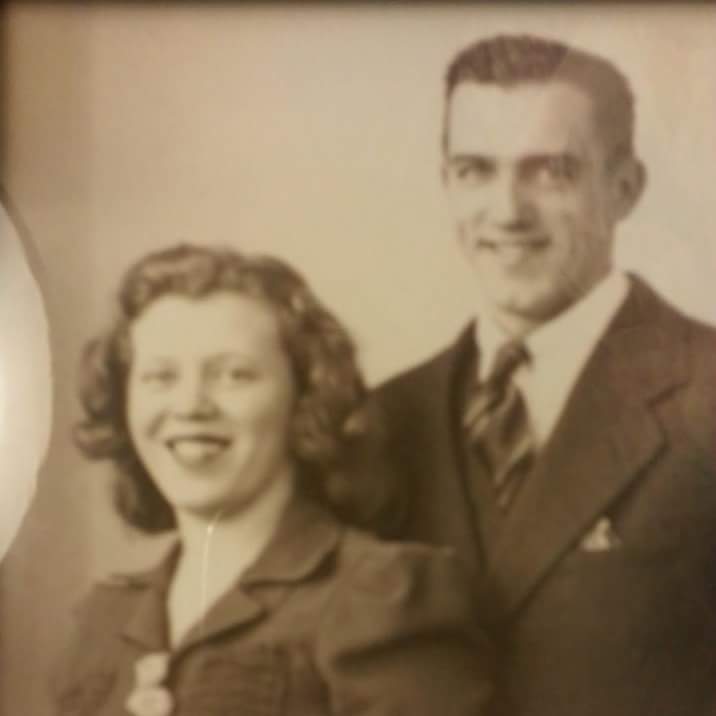I’ve thought of our family as poor–always. I’ve discovered several instances where we were not materially poor. Sometimes those instances really disturb me, like today’s post. Let me take you back into the 1700s and I’ll explain.
Jack’s mother, Mary Margaret Moore, was the daughter of William Henry Moore and Sarah Elizabeth “Sadie” Ingram. Sadie was the daughter of Franklin Ingram and Mary Anderson. Mary was the daughter of John Anderson and Sarah H. Steger. Sarah was the daughter of Skip Harris Steger and Ann “Nancy” Boatright. Skip was the son of John P. Steger and Sarah Harris. Sarah was the daughter of Benjamin Harris and Elizabeth “Ann” Eppes. Ann was the daughter of Francis Eppes IV and Sarah Hamblin.
Francis died prior to Sarah and it is Sarah’s will I will share with you today, which I found transcribed in a book titled “Genealogy of the Harris and Allied Families” by Pauline Jones Gandrud and Kathleen Paul Jones, 1929.
“In the name of God Amen, I, Sarah Eppes, being of sound memory and understanding and calling to mind the uncertainty of life, do make my last will and testament in the manner and form following, to the hands of Almighty God, hoping to receive Kingdom of God and everlasting life. To my son Richard Eppes, 6 negroes viz. Sangston, Hanniball, Scipio, Dick, Judey and Pegg: to son William Eppes 1 dozen leather chairs, 1 oak table, 1 walnut table and 2 pair Holland sheets and 1 silver tankard to contain 3 pints to be paid to my son Richard Eppes. To my daughter, Ann Harris 1 nego girl named Chloe to her and her heirs forever, to grandson Joseph Harris 30 pounds current money or a negro of that value to be paid to him by my son Richard Eppes. To daughter Martha Wyles, 1 mourning ring value 26 shillings. To the first son to be born to either of my sons, Richard or William Eppes that shall be names Francis, a mulatto slave named Tom. To son Richard all residue of my estate. Executors son William and son Richard. 28 Feb 1747. Witnesses Edmund Eppes, Littlebury, Royal. Will probated 1st Monday July 1748.”
In Sarah’s will, I count at least 7 specific slaves being given to 2 of her children and an additional unnamed slave possibly being given to her grandson. I have to wonder how many people they actually owned? It was horrifying to me to find this, even though I knew it was part of that day and age. A good friend reminded me that I am in no way responsible for my ancestors actions. It still disturbs me though.
Sarah Hamlin and Francis Eppes IV had five children that lived to adulthood. They are as follows: Francis V, died 1737, unmarried, hence why she wanted one of the boys to name a son Francis, I think. They also had Richard, William, Anne (our direct ancestor) and Martha. Let me tell you about Martha and then her daughter.
Martha married Lewellen Eppes, but he died in 1743 and they had no children. She then married John Wyles (Wayles) in 1746. They had a daughter named Martha who first married Bathurst Skelton in 1766. He died in 1768. On January 1, 1772, Martha then married Thomas Jefferson. Yes, that Thomas Jefferson. (This makes him the husband of my 1st cousin 7x removed, so no real relation.) Together they had 6 children, two daughters who survived to adulthood. Martha died September 6, 1782, never seeing Thomas as POTUS. His presidency was March 4, 1801 to March 4, 1809. You can read more about Martha and Thomas’ relationship on the Monticello website: https://www.monticello.org/site/research-and-collections/martha-wayles-skelton-jefferson



























